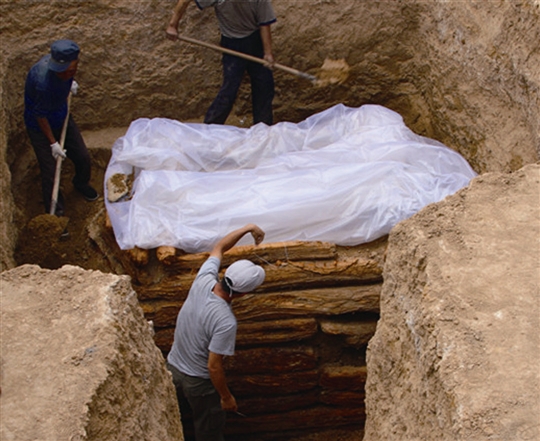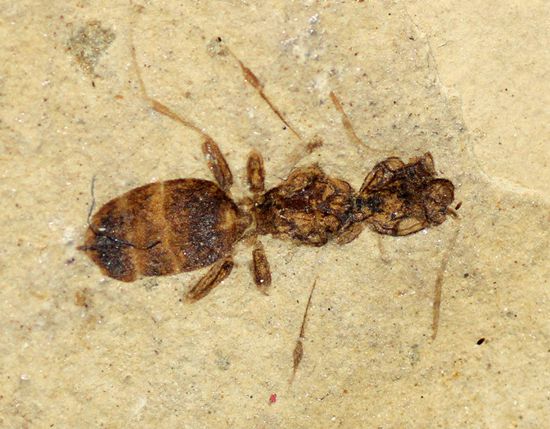Now the news continues.
An exhibition of rare insect fossils has opened in Chengdu City in southwest China's Sichuan Province.
The one-month exhibition, held by the Insect Museum of West China, displays fossils of some of the oldest ants, dragonflies, bees and beetles, many of which date back to the Jurassic period.
The museum explains that the reason for the scarcity of insect fossil is that their exoskeleton is hard to preserve.
Some of the fossilized insects look totally different from their modern descendants, while others look the same.
The most precious specimen in the exhibition is an ant fossil, which is believed to be 165 million years old. That's around 45 million years older than an ant fossil found by American archaeologists in the Amazon rainforest.
The well-preserved fossil was found in volcano limestone in north China's Inner Mongolia Autonomous Region.
The Insect Museum of West China is the biggest insect museum in Asia. It boasts more than 400,000 insect samples collected from over 40 countries.
This is NEWS Plus Special English.
Chinese archaeologists in Inner Mongolia have discovered an ancient tomb of a noble person of the Liao Dynasty some 1,000 years ago.
The tomb was found in a valley, 300 meters from another tomb discovered earlier which belongs to a concubine of a Liao Dynasty emperor.

The archaeologists say the newly discovered tomb may belong to someone who was a key member of the concubine's original family.
Currently, archaeologists are removing the grave door, which was built with crystal-like bricks, and the passage way was paved with a kind of black bricks.
Experts say such delicate decorations are very rare and had only been found in two other graves.
The Liao Dynasty was founded by the nomadic tribes who ruled the northern part of China for several hundred years.












